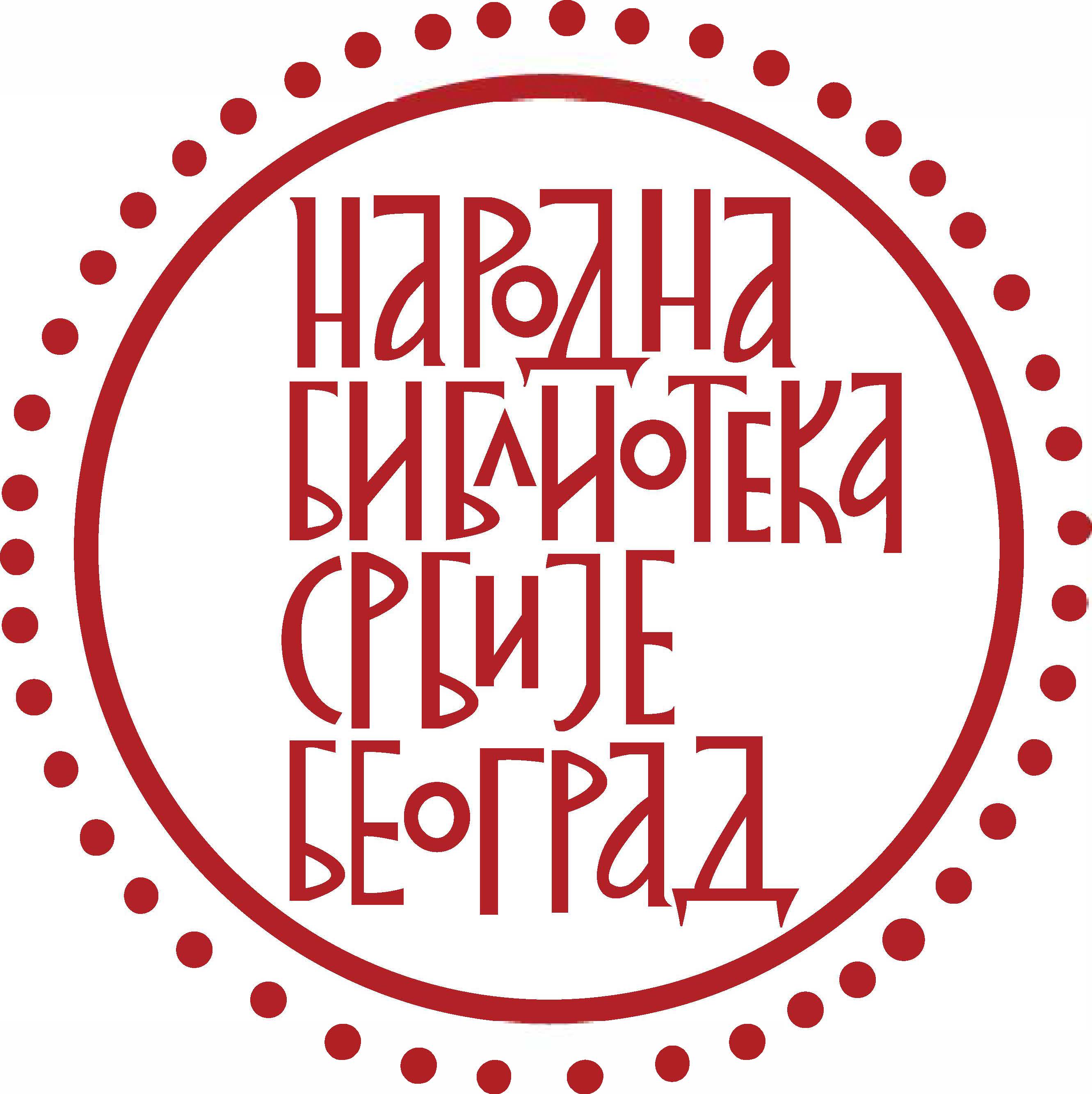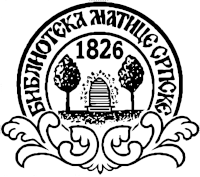A Digital Geoportal of the History of the Serbs in Vienna (1741-1918)
This project was funded as a third-party project by the City of Vienna (1 January 2018-30 June 2019) and was originally based at the Austrian Academy of Sciences (Institute for Medieval Research, Department of Byzantine Research). After its completion a new, private initiative was founded by Mihailo Popović, wherein new projects, based on this completed one, arise. Please cf. on this private initiative with a new Geoportal and enriched data sets: https://orthodoxes-europa.at/The permanent settlement of Serbs in Vienna began in the course of the 17th century. The first settlers were merchants, who transported goods from the Ottoman to the Habsburg Empire and were thus granted freedom of trade by the emperor Leopold I (1657-1705) in 1670. A larger number of Serbs most probably reached Vienna in connection with the second Ottoman siege of 1683. The siege lasted from 14 July until 12 September 1683. Since the garrison was cut off from the Austrian relieving force, scouts were needed for the exchange of letters and messages between the separated bodies of troops. At least one of them was a merchant of Serbian origin, namely Georg Thomas Michaelowitz. After the Ottoman defeat, the Serbs might have founded their own ward outside the city walls called "Razen Stadtl", which derives from the Hungarian word for Serb ("Rác") and lay in the sixth district (1060) of Vienna, which is today known as "Mariahilf".
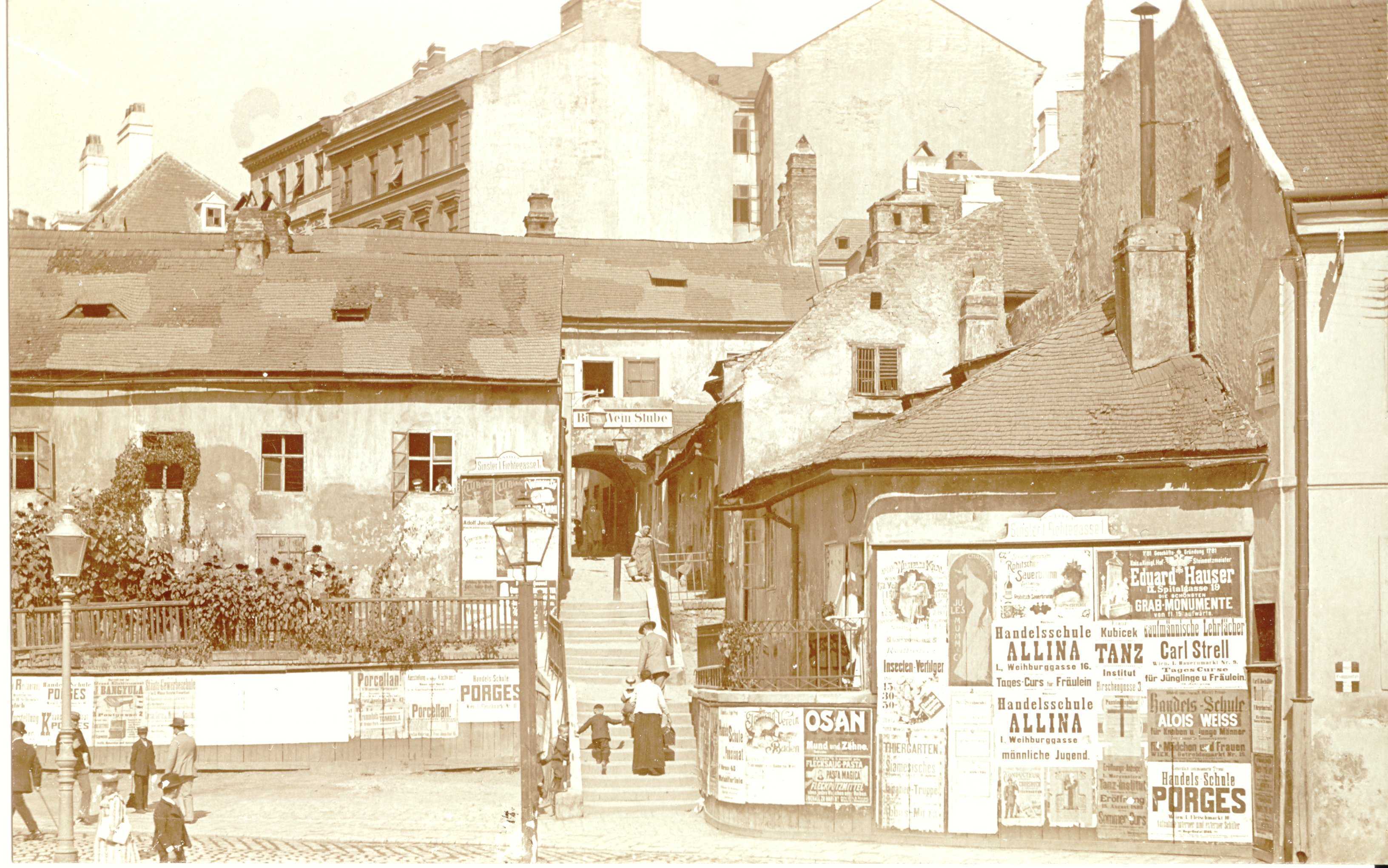
Fig. 1: The “Razen Stadtl” in Vienna, ca. 1900 (M. St. Popović)
In the following years, the Austrian troops advanced successfully into Eastern- and South-Eastern Europe and liberated Hungary and Belgrade (1688) from Ottoman rule and were therein supported by the local Serbian population. But as the fortunes of war changed, the Serbs who had supported the Hapsburg dynasty, were forced to leave their homeland fearing Ottoman reprisals. In 1690 the Serbian patriarch Arsenije III Čarnojević saved about 10.000 Serbian families by guiding them into Austrian territory. In the period from 1690 to 1695 the emperor Leopold I granted the immigrants a series of privileges amounting to ecclesiastical and national autonomy, and the Serbian archbishop was vested with civil powers, which was of high importance for all the Orthodox peoples in the Habsburg Empire.
It seems that the first Orthodox chapel in Vienna, which was consecrated to Saint George, was founded by the Viennese Greeks between 1718 and 1723 and at first shared by Greeks and other Orthodox peoples. As the tensions between the ethnic groups increased during the 18th century, the empress Maria Theresia (1740-1780) issued a privilege act in 1776 vesting the Greeks of Ottoman citizenship with autonomy and control over the chapel. Nevertheless, the tensions continued to rise, this time between the Greeks with Ottoman citizenship and those with Austrian citizenship. That is why the Greeks with Austrian citizenship requested from the emperor Joseph II (1780-1790) to be allowed to build their own church. In 1787, they were given the permission and consequently they built the church of the Holy Trinity.
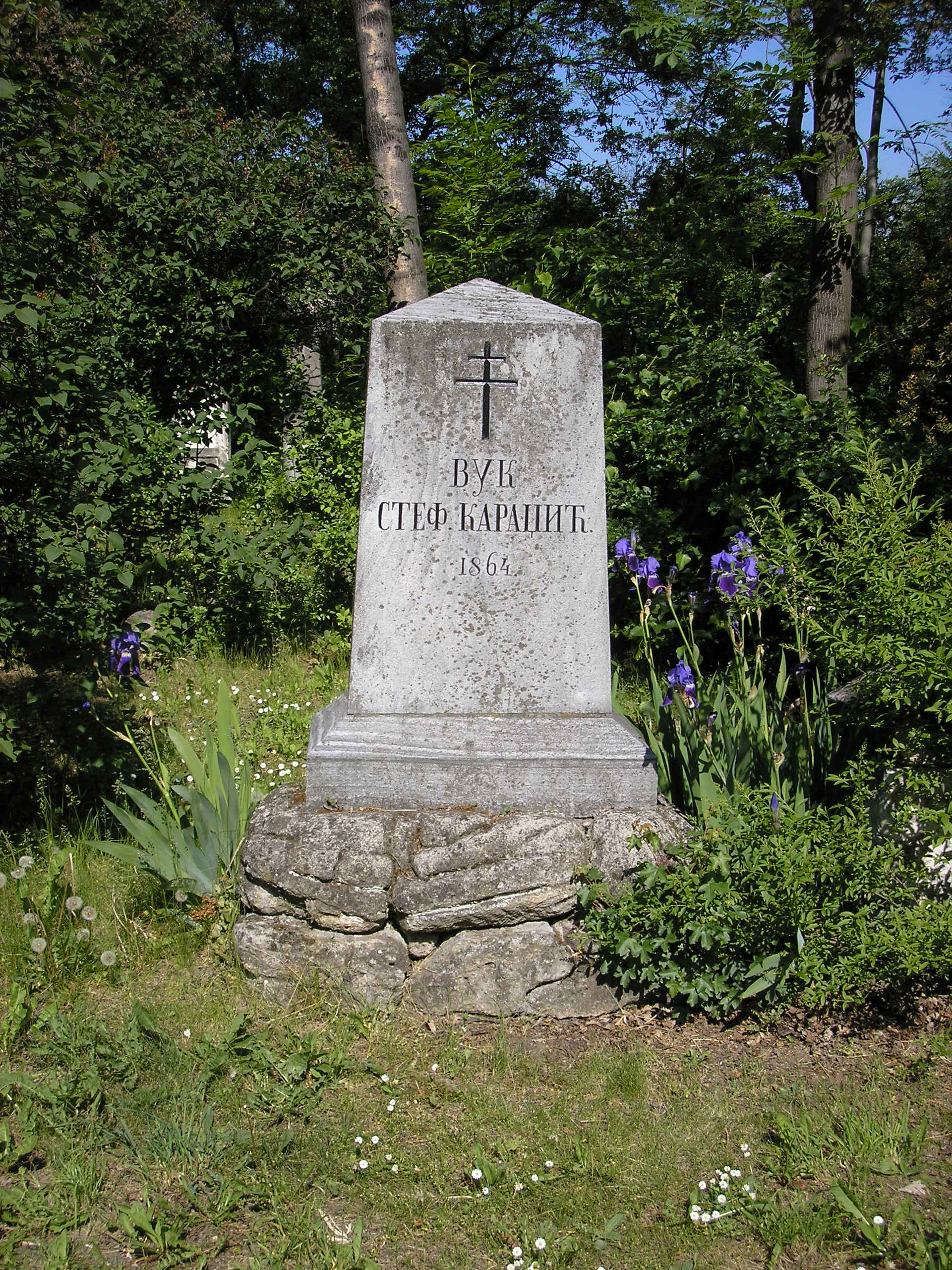
Fig. 2: The Gravestone of Vuk Stefanović Karadžić on the Cemetery St. Marx (Vienna) (M. St. Popović)
Around the middle of the 19th century the Viennese Serbs set about founding their own parish under the leadership of
Privy Councillor Dr. Georgije Stojaković. The Austrian emperor Franz Joseph I (1848-1916) permitted, at the request
of the Serbian patriarch in Sremski Karlovci Josif Rajačić, the constitution of the parish and the collection of
donations. The constitutional meeting took place in November 1860. At this time, about 500 Serbs were living
permanently and about 1.000 temporarily in Vienna. The Serbian parish received free of charge a site on the
Franz-Josefs-Kai for the erection of a new church, but the building could not start due to the lack of funds until
the year 1890, which meant that a new site had to be looked for, since the old one had been already used in the
meantime. 
Fig. 3: The Golden Book of the Serbian Orthodox parish in Vienna (M. St. Popović)
Until 1886, an amount of 80.000 Florin (Gulden) had been collected. 80% were donated by Serbs, while 20% were given
to the parish by other inhabitants of the Austro-Hungarian Empire, whose donations are recorded in the Golden Book of
the Serbian Orthodox parish (the exact title of the book being Златна књига српске православне црквено-школске опћине
у Бечу, Имена прилагача и добротвора / Golden Book of the Serbian Orthodox parish in Vienna, Names of donors and
benefactors). The total sum recorded in the Golden Book amounts to 25.210 Florin (Gulden) and enabled the Serbian
Orthodox parish to acquire a site in Veithgasse 3 in the third district (1030) of Vienna for 27.000 Florin (Gulden)
in 1889. The erection of the church began in 1890 under the supervision of the architect Heinrich Wagner, who himself
donated 200 Florin (Gulden). The erection of the building was completed in 1893 at an expense of 58.000 Florin
(Gulden), and the church has the capacity to hold 400 believers. 
Fig. 4: The Front of the Serbian Church of Saint Sava in Vienna (M. St. Popović)
After the constitution of the Serbian Orthodox parish, there existed along with the two Greek Orthodox parishes of
Saint George and the Holy Trinity all together three Orthodox parishes in Vienna, and that is why it was necessary to
determine a new domain of jurisdiction. After an agreement between the three parishes, the governorship of Lower
Austria decided on 1 May 1893 that the new Serbian Orthodox parish had jurisdiction over all Orthodox people of
Slavic nationality. 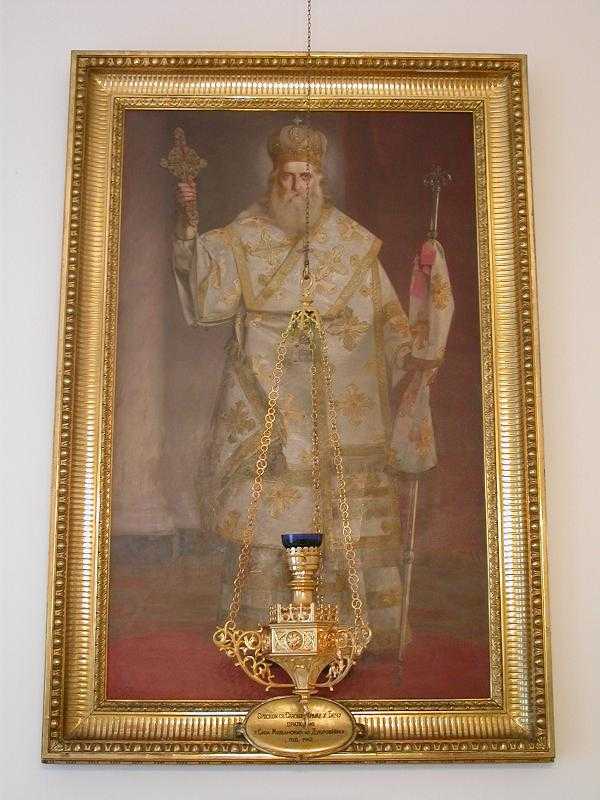
Fig. 5: A Painting of Saint Sava made by Uroš Predić in the Same Church (M. St. Popović)
On 19 November 1893, the church was consecrated to Saint Sava, the patron Saint of all Serbs, in the presence of
the Austrian emperor Franz Joseph I, an event that was reported in several Viennese newspapers. It marked the
beginning of a very fruitful period of Serbian religious and cultural life in the Austro-Hungarian capital that
lasted until the outbreak of the First World War.







